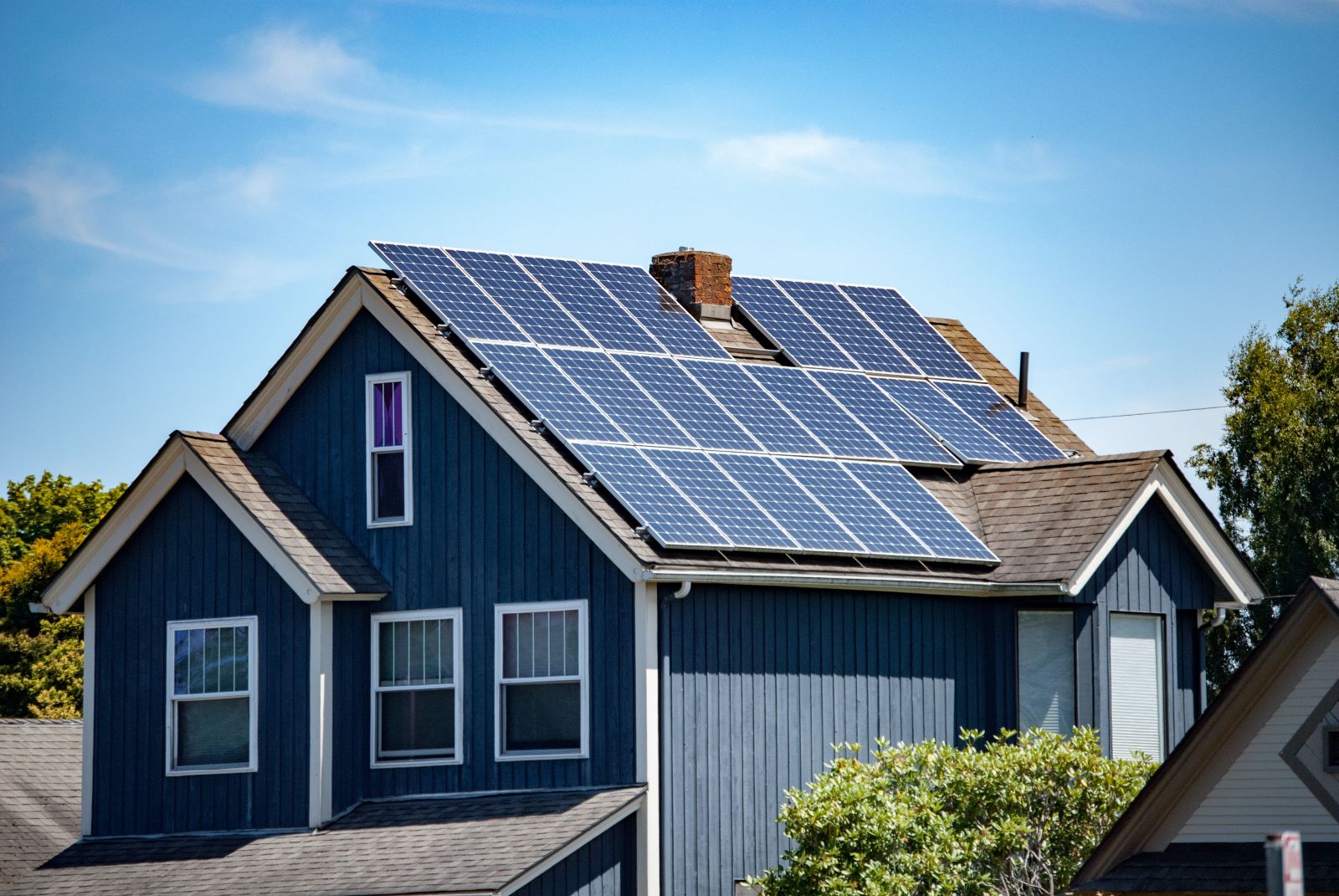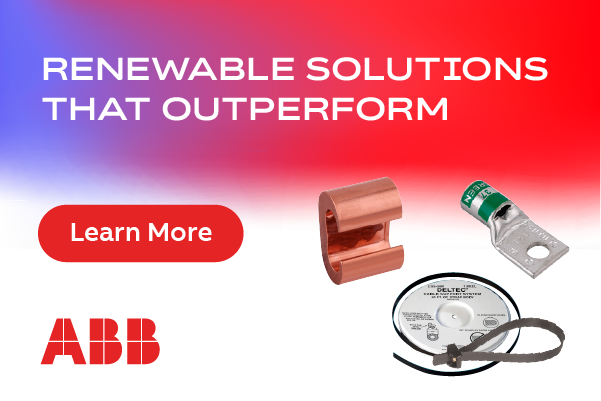Going Solar Using Payment Options
The intense growth of solar installations has slowed recently, yet solar's potential is still significant. Forecasted numbers indicate that the solar market is starting to behave like other, more mature industries - that is, solar business won't come as easily, and contractors need to differentiate themselves from other companies to win business.
As of January 1, 2020, the 30 percent federal tax credit started the step down to zero over the next few years. Are you getting ready for that day? Or are you so busy with leads and sales that you don't have time to worry about something that will happen at some future date?

(photo credit: gstockstudio/AdobeStock)
It's time to get serious about your selling practices. You are the experts in the solar industry, so you probably know about all the advantages and message points to sell solar. But, are you also effectively leveraging financing to help your sales? Here are some ways to use payment options to improve your sales, and be prepared for that time when the federal investment tax credit is no longer available.
Offering a choice of payment options increases sales
Customers love choices, and they particularly love putting off paying for stuff. It's no wonder that the research shows offering a choice of payment options can help increase your leads and help you close more sales. Payment options help the customer realize that they can buy solar immediately with no money down. Customers who feel that freedom are happy to make the commitment to close the deal with you, and that means you can happily grow your business. When customers realize they can get solar working for them today, at a cost that's at or less than their monthly utility bill, their decision gets easier. Offering payment options appropriately maximizes the chance the customer will say "yes" today.
The key to boosting your business is to offer an unbeatable choice of payment options to your customers, and then let them choose. It's important to offer those options every time, to every customer, because you can't assume you know everything about the homeowner. In fact, making assumptions based on age, the cars they drive, or the type of house they own doesn't tell the complete story of their finances. A young couple who owns a nice house with two expensive cars in the driveway may be mortgaged to the max, whereas another family in a small home with older cars may have more financial power to purchase solar with cash or on credit.
Different loan types offer certain advantages
Every customer is different, so it's good to have plenty of choices available for them. When you show some flexibility with the financing side of things, your customer is happy and you're more likely to win the business.

(photo credit: CLShebley/AdobeStock)
Solar installations are typically financed through a loan or leasing arrangement. Loan types consist of same-as-cash, or a combination of same-as-cash and a reduced-monthly-payment loan, commonly referred to as a "combination loan". The duration of these loans will usually be between 12 and 20 years. Combination loans allow homeowners the opportunity to apply expected bonuses, rebates, or tax refunds to the loan balance and use the payment reduction feature to lower the monthly payments. Annual percentage rates (APRs) can vary with different rates and loan terms available based on what your lending partner can provide. Ideally, you'll help the customer get a monthly payment that's equal to or less than their monthly utility payment.
There are other loans available that include a payment reduction feature called reamortization, which can help homeowners lower their payments (often multiple times) after making a lump sum payment. Other loans may be a better fit, depending on the customer. For example, a homeowner who has most of the cash required for a solar project might be interested in a 24-month same-as-cash loan. That allows them to keep their money until the loan comes due. They get to benefit from the time value of money by spending nothing out of pocket, and can start saving right away.
Offer multiple options-stay neutral
While you may know the customer's utility bill, you won't know their financial situation and whether they're comfortable with the listed monthly payments. By offering multiple loan types, you give the customer the convenience and flexibility to choose how they want to pay.
By offering payment options, you'll close more sales. A good lending partner will offer fast customer approval and upfront funding options, so you can get your client into your installation queue right away and begin work, making for a happy customer instead of becoming "the one that got away."
Leverage the power of payment options today, so you can not only increase your close rates and sales, but also prepare for changes in the marketplace that may occur with the upcoming phase-out of the federal tax credit. Utilizing alternative loan features like reamortization will shore up your business against those changes, making you a better and more efficient company.
 Joel Cannon is SVP of Sales and Marketing at EnerBank USA, an FDIC specialized home improvement bank that provides loans through strategic partners and home improvement contractors.
Joel Cannon is SVP of Sales and Marketing at EnerBank USA, an FDIC specialized home improvement bank that provides loans through strategic partners and home improvement contractors.
EnerBank USA | enerbank.com
Author: Joel Cannon
Volume: 2020 November/December









.png?r=4248)


